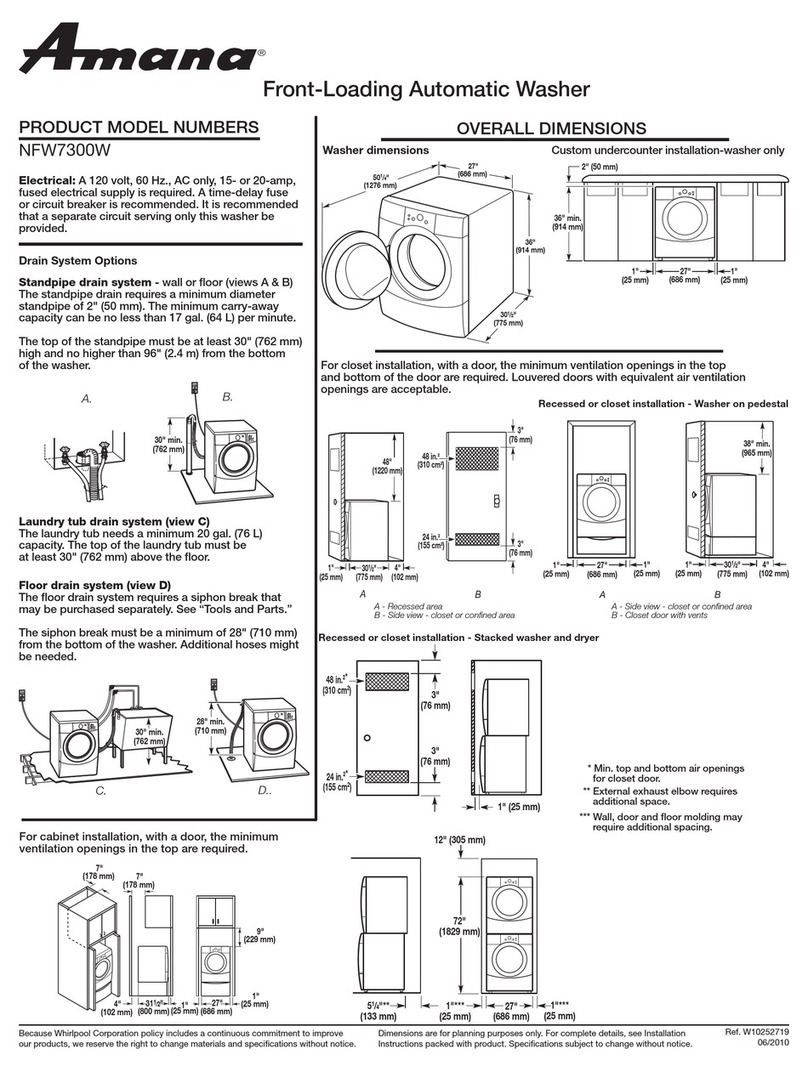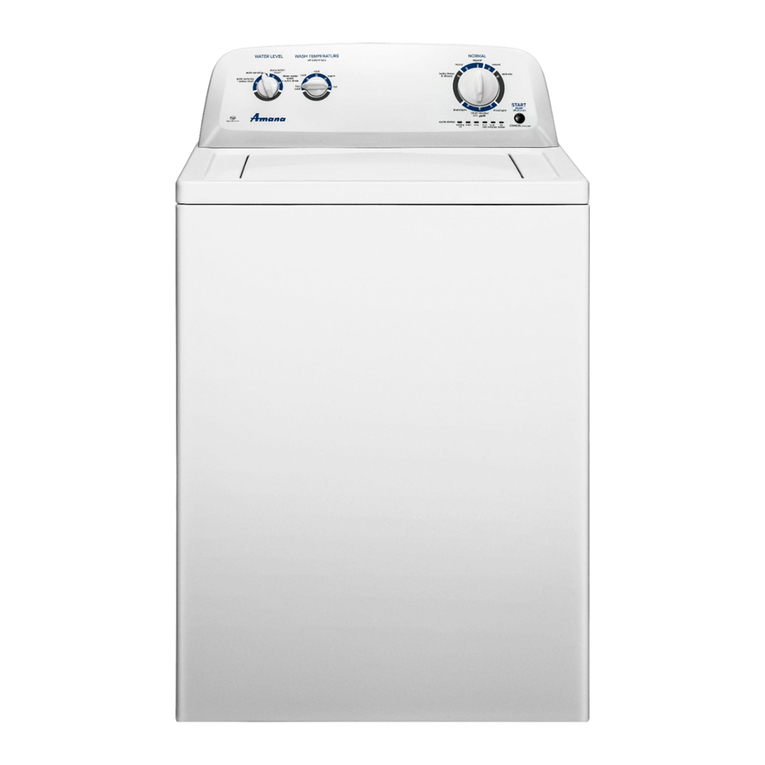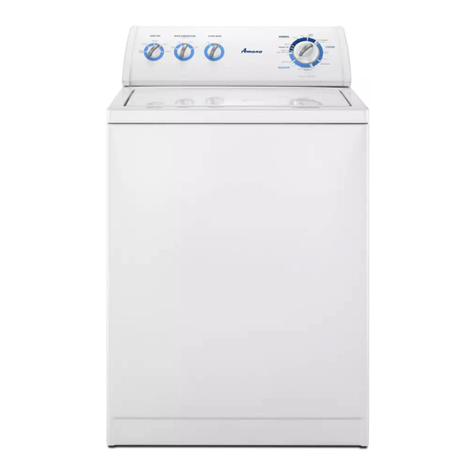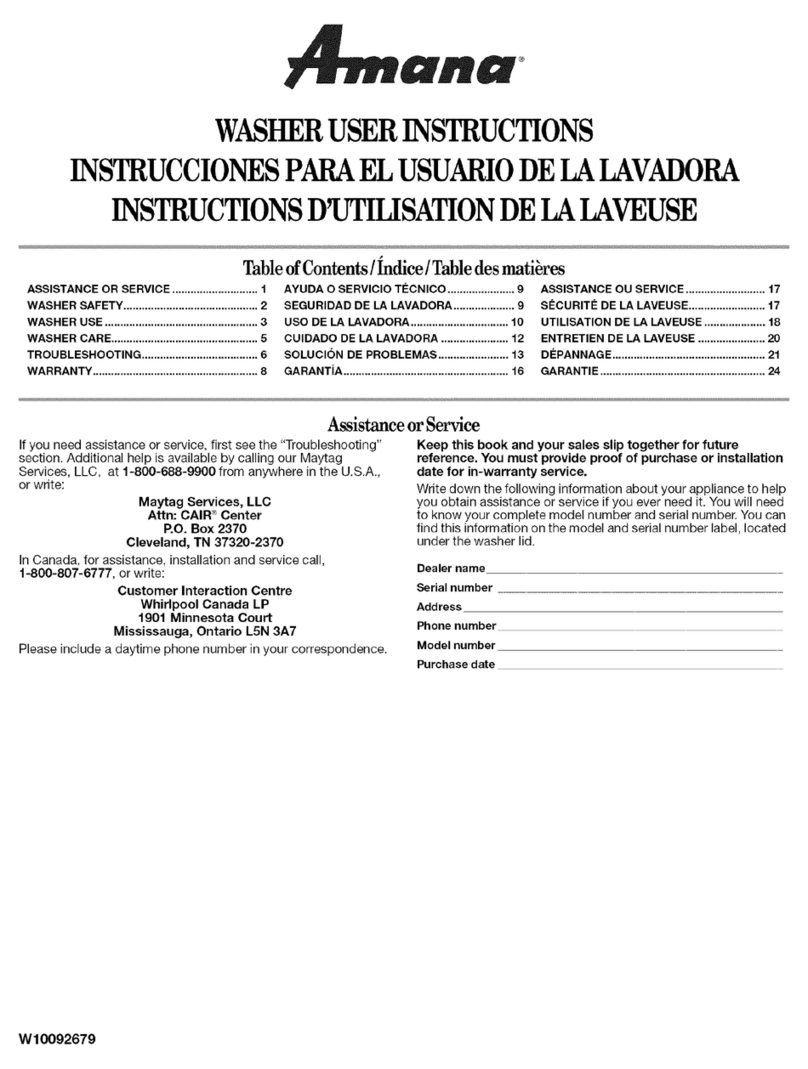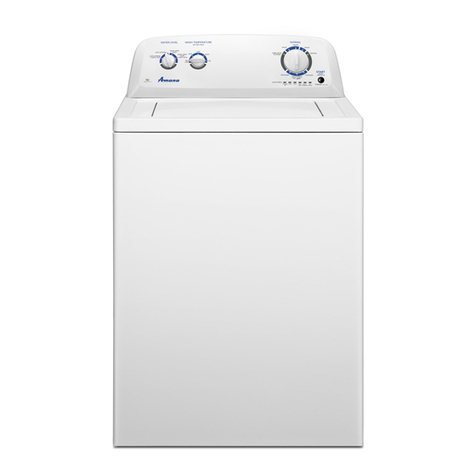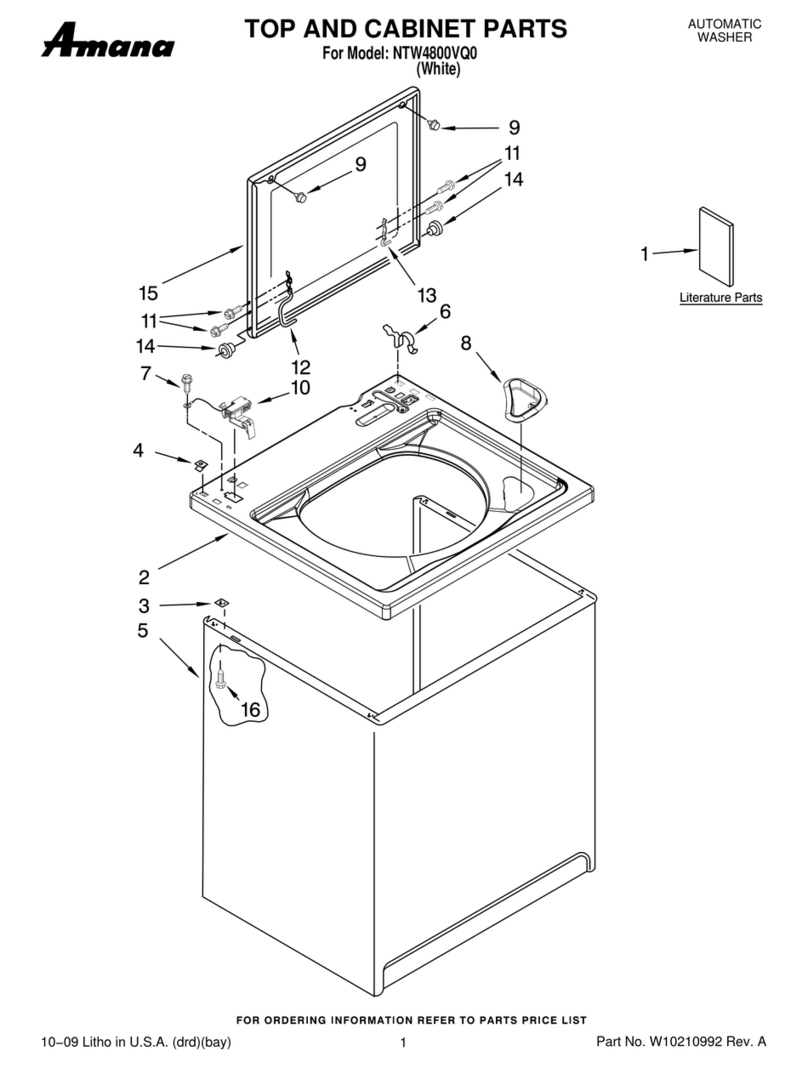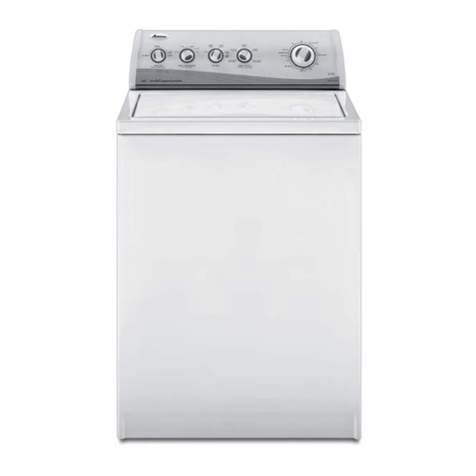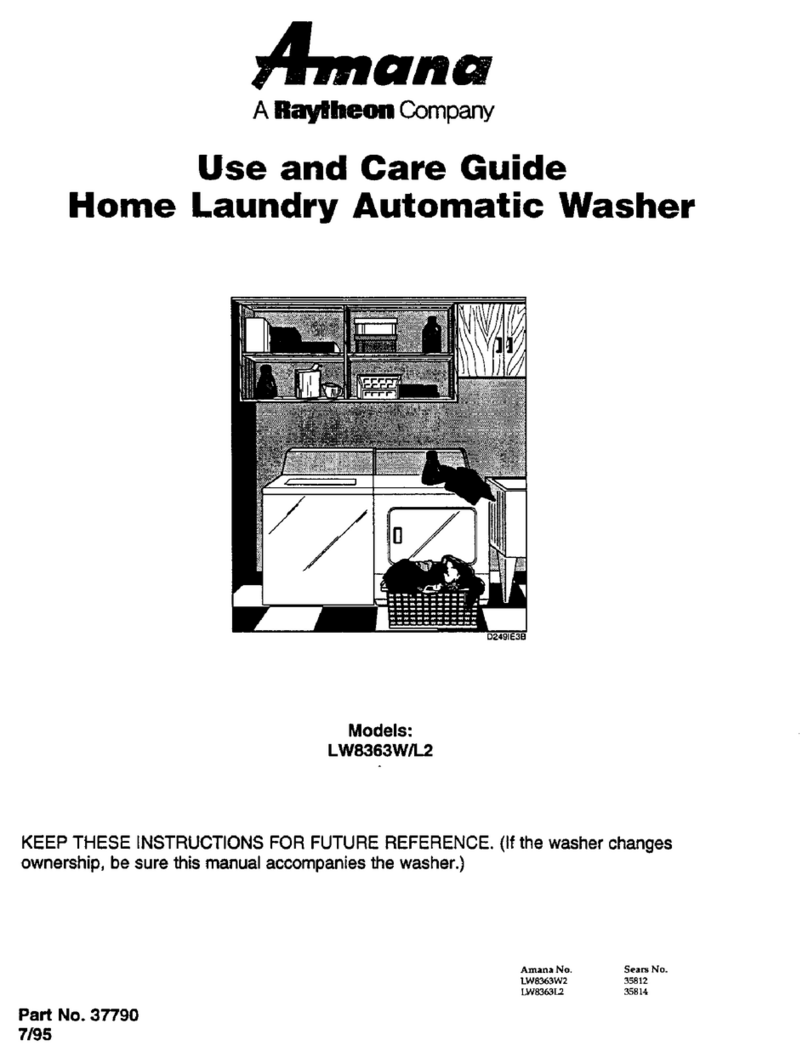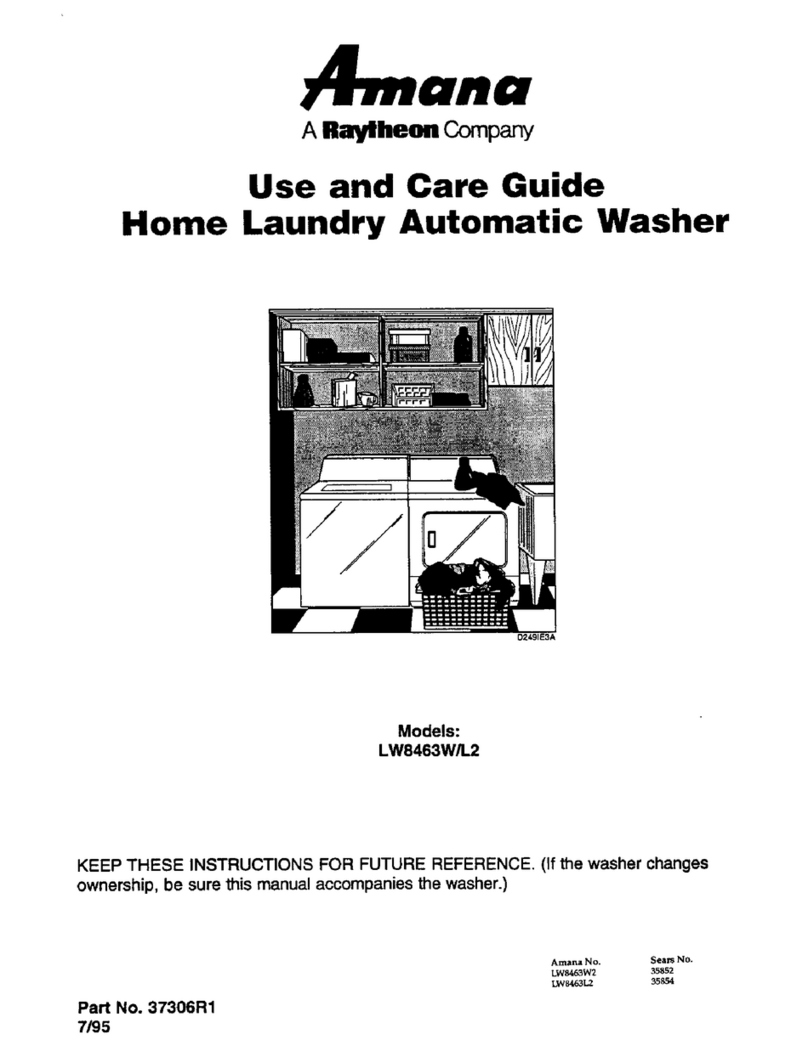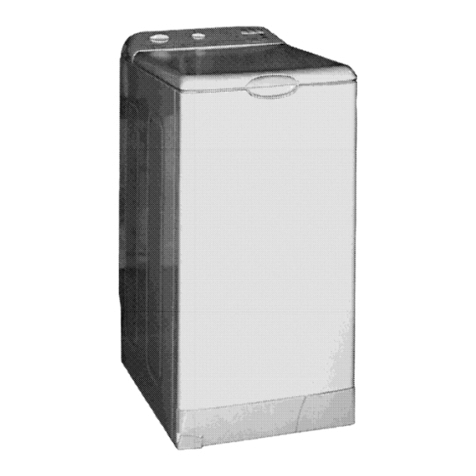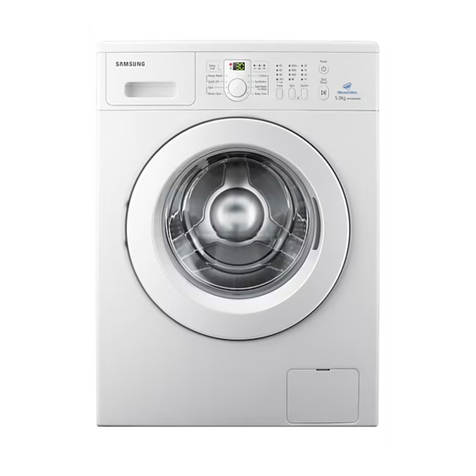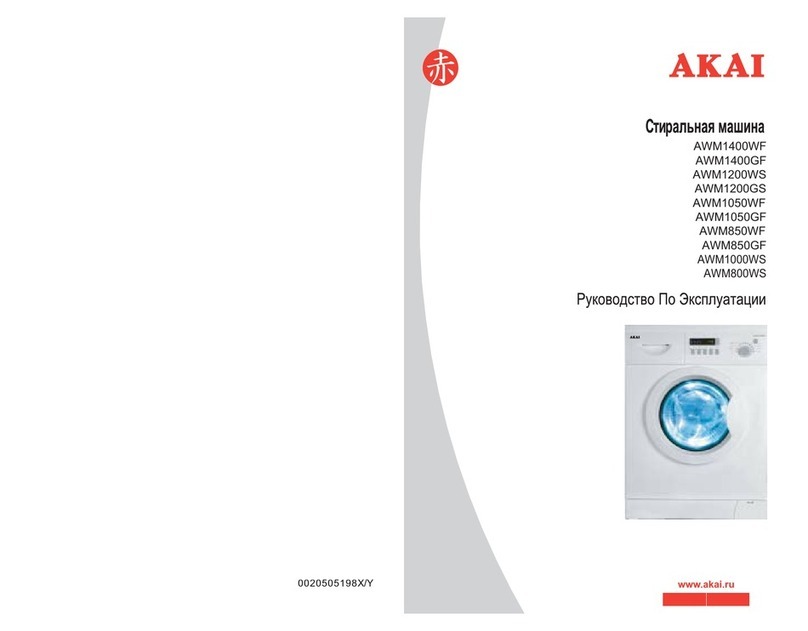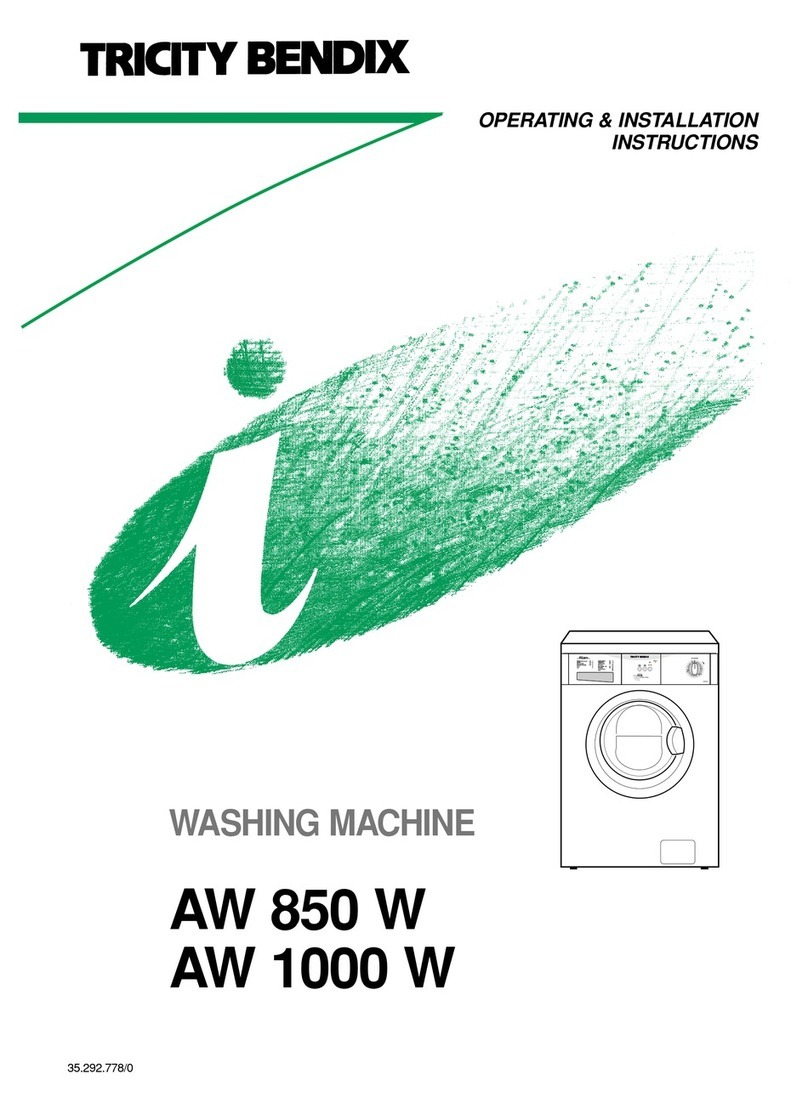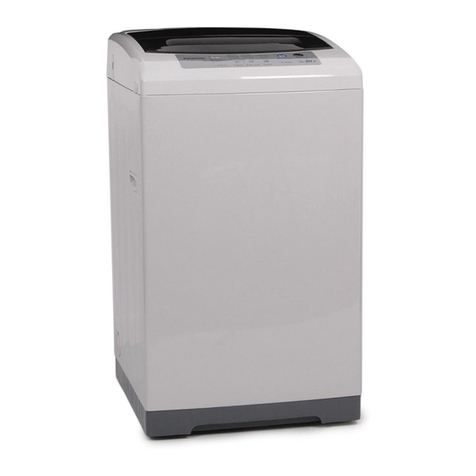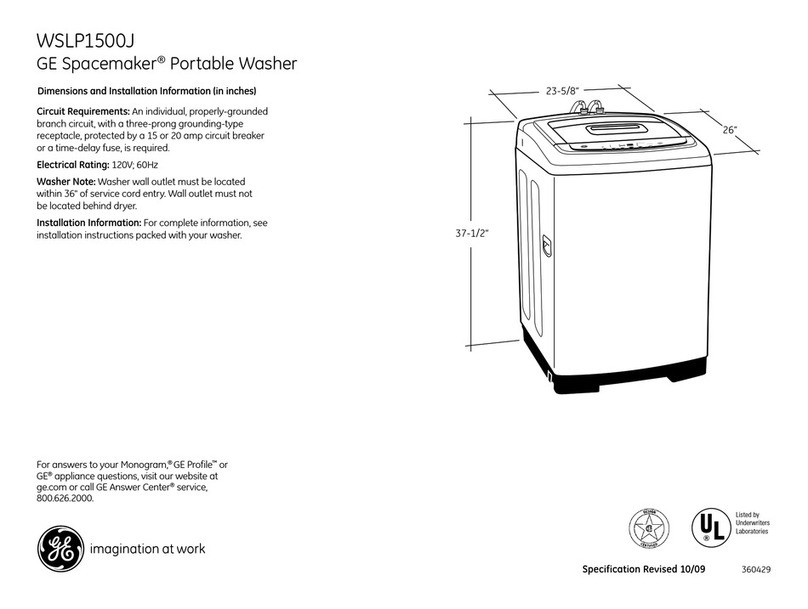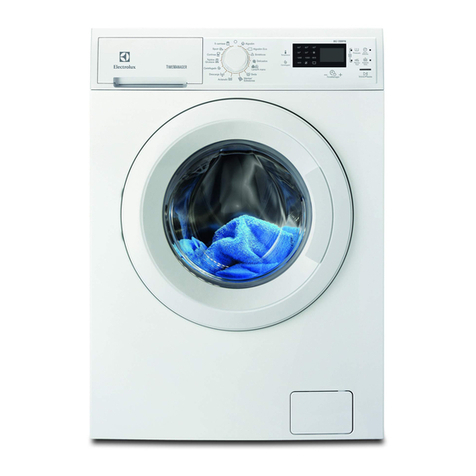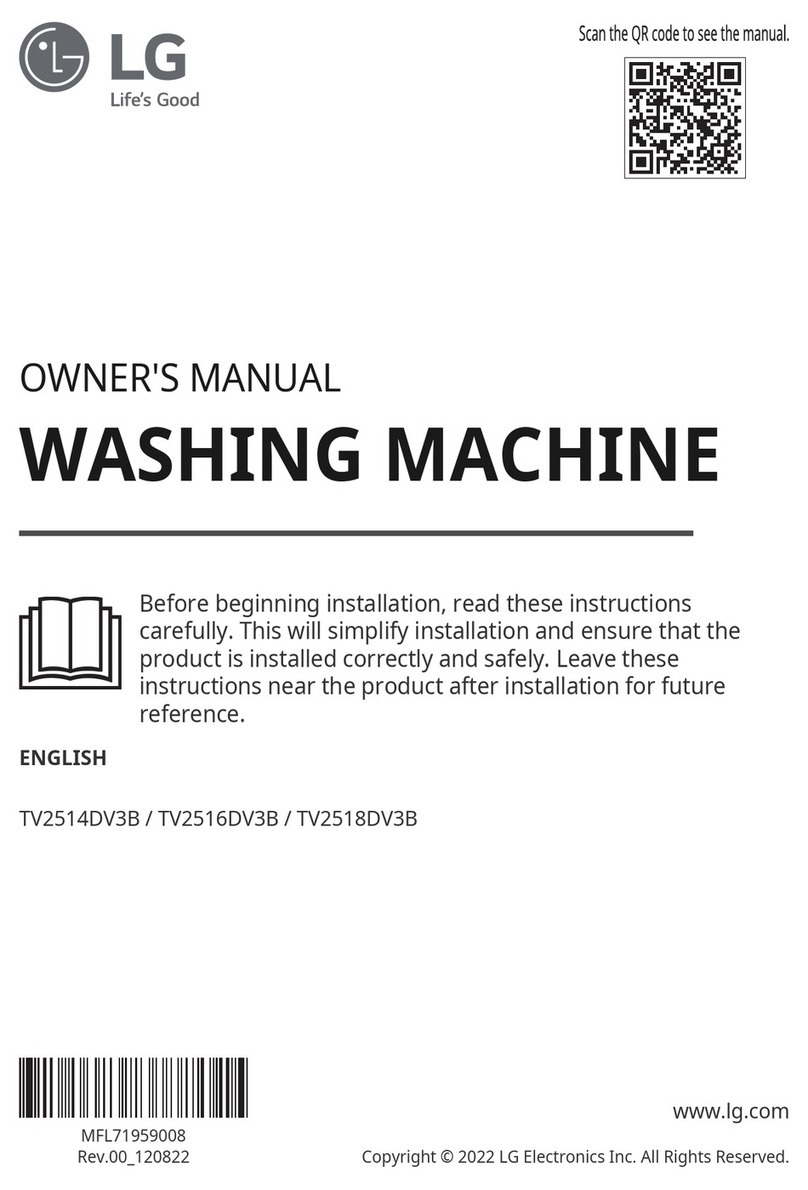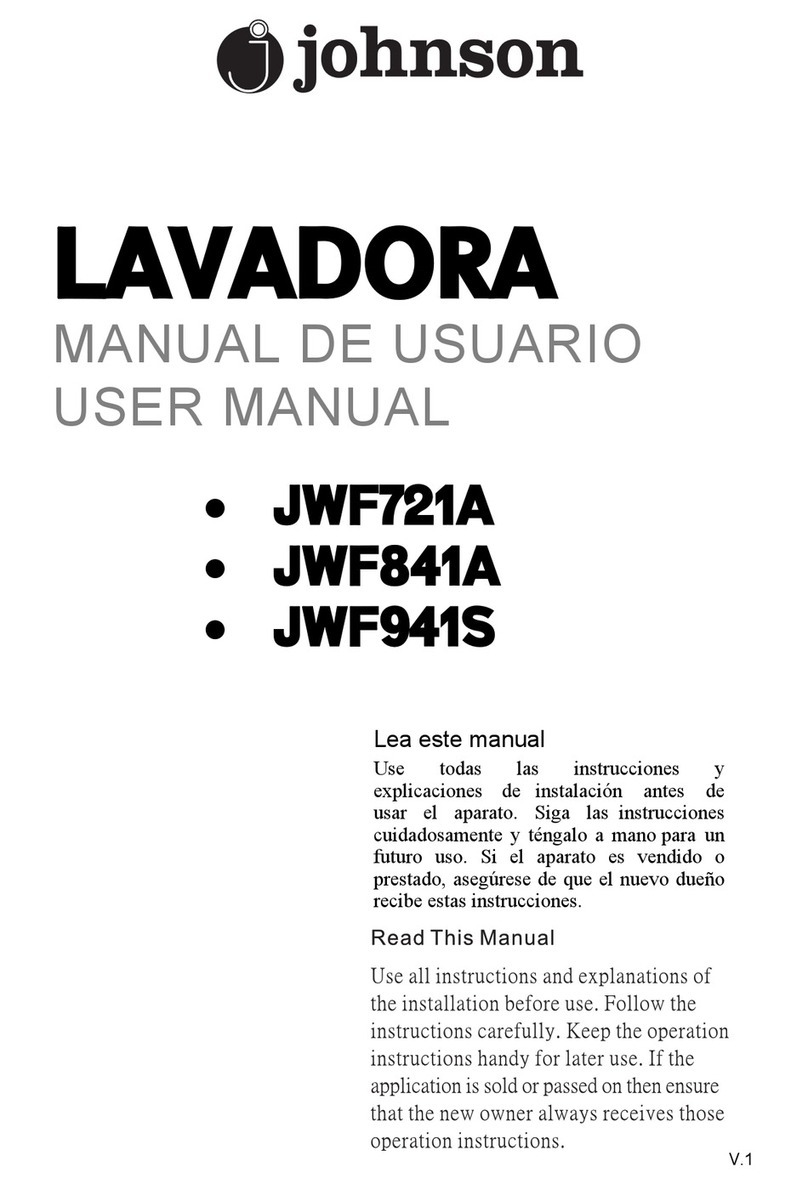
4
CONTROL PANEL AND FEATURES
LOAD SIZE
Select the setting most suitable for your load. Small
will add a low amount of water for smaller loads and
Large will add the most amount of water for large or bulky
loads. Items need to move freely. Tightly packing can lead
to poor cleaning performance, and may increase wrinkling
and tangling.
WASH TEMPERATURE
Temperature Control senses and maintains uniform water
temperatures by regulating incoming hot and cold water.
Select a wash temperature based on the type of fabric
and soils being washed. For best results and following
the garment label instructions, use the warmest wash
water safe for your fabric.
• Warm and hot water will be cooler than what your
previous washer provided.
• Even in a cold and cool water wash, some warm
water may be added to the washer to maintain
a minimum temperature.
EXTRA RINSE
This option can be used to automatically add a second
rinse to most cycles and must be set to ON if adding
a second rinse to a cycle.
FABRIC SOFTENER
This option can be added to most cycles and must be set
to ON if using fabric softener during a cycle. It ensures that
fabric softener is added at the correct time in the rinse for
even distribution.
WASH CYCLE KNOB
Use the Wash Cycle knob to select available cycles on your
washer. Turn the knob to select a cycle for your laundry load.
See “Cycle Guide” for detailed descriptions of cycles.
START/PAUSE/UNLOCK BUTTON
Press to start the selected cycle; press again to pause
the cycle and unlock the lid.
NOTE: If the washer is spinning, it may take several
minutes to unlock the lid. Press and hold for 3 seconds
to cancel a cycle.
1
2
3
4
CYCLE STATUS LIGHTS
The Cycle Status Lights show the progress of a cycle. At
each stage of the process, you may notice sounds or pauses
that are different from traditional washers.
FILL
When the Start/Pause/Unlock button is pressed, the
washer will rst perform a self-test on the lid lock
mechanism. You will hear a click, and the lid will unlock
briey before locking again. The washer will use spins
to check for load balance. These spins may take several
minutes before water is added to the washer. You may
hear the hum of the spins before lling. This is normal.
WASH
You will hear the agitator moving the load. The motor
sounds may change at different stages in the cycle. The
wash time is determined by the selected soil level.
RINSE
You will hear sounds similar to the wash cycle as the
washer rinses and moves the load. You may hear the
motor turning on briey (short hum) to move the basket
while lling. Fabric softener will be added if the Fabric
Softener knob was set to ON.
Some cycles use spray rinsing. After draining and
spinning out wash water, the washer will continue to spin
and spray in rinse water for the entire rinse time.
SPIN
The washer spins the load at increasing speeds for
proper water removal, based on the selected cycle
and spin speed.
DONE
Once the cycle is complete, this light will come on.
Remove the load promptly for best results.
LID LOCKED
To allow for higher spin speeds, the lid will lock and the
Lid Locked light will turn on. When this light is on, the
lid is locked and cannot be opened. When this light is
blinking, the washer is paused. When this light is off,
the lid can be opened.
If you need to open the lid, press START/PAUSE/
UNLOCK. The lid will unlock once the washer movement
has stopped. This may take several minutes if the load
was spinning at high speed. Press START/PAUSE/
UNLOCK again to resume the cycle.
5
6
7
4
15
2
Not all features and options are available on all models.
Appearance may vary.
3
6
7


